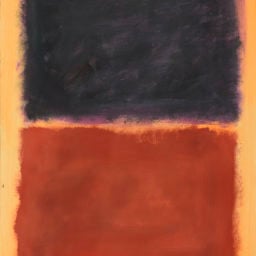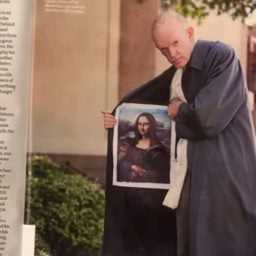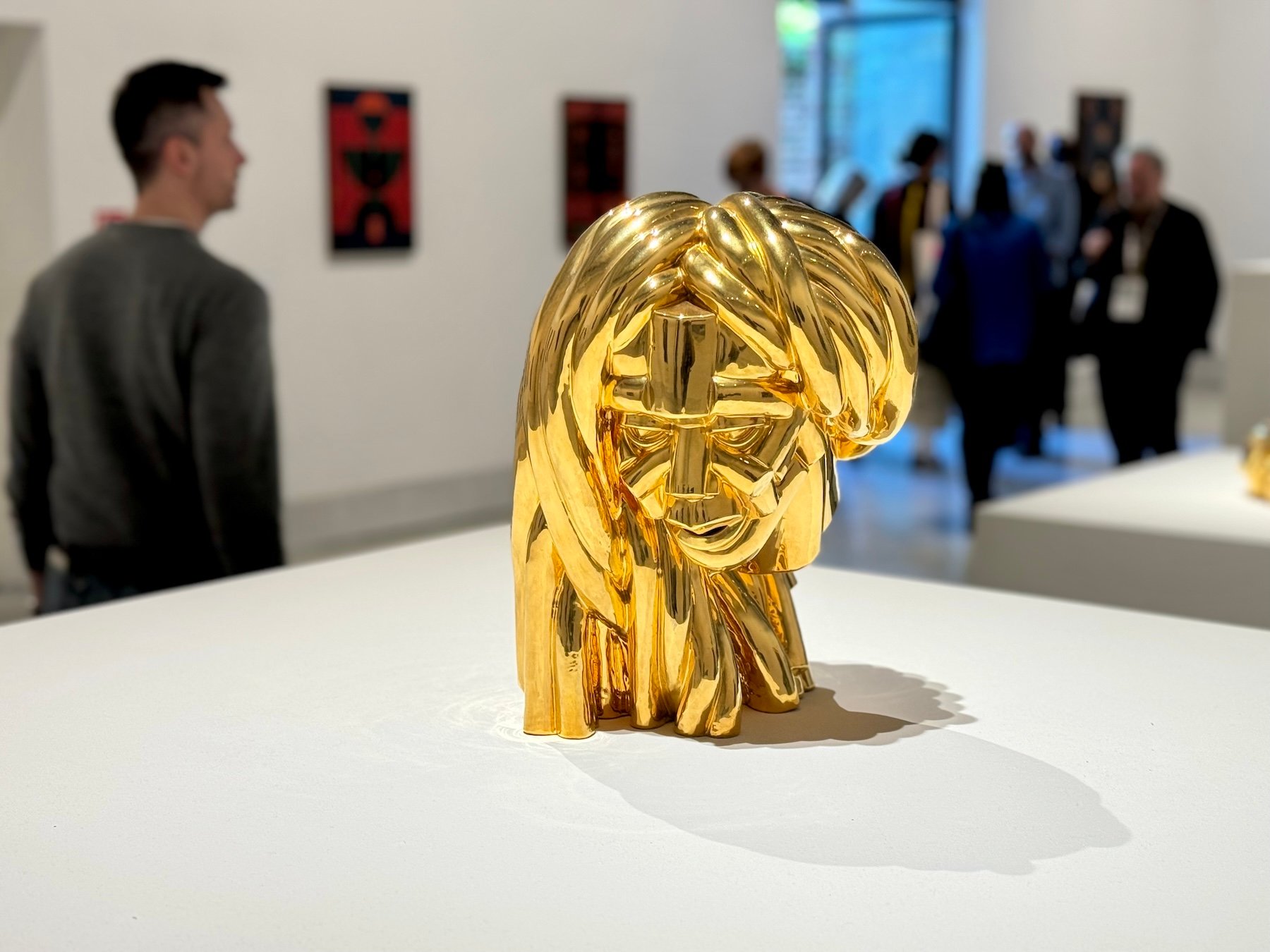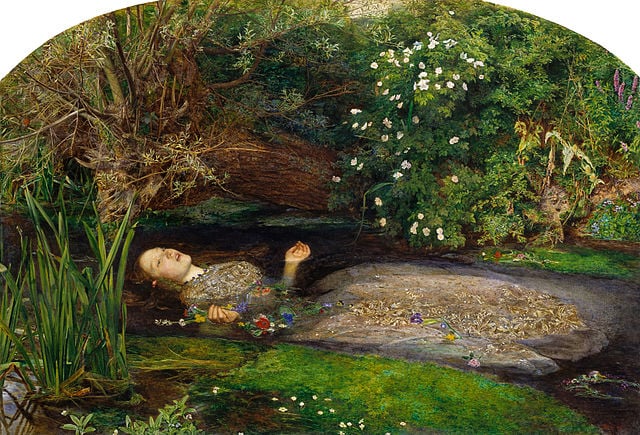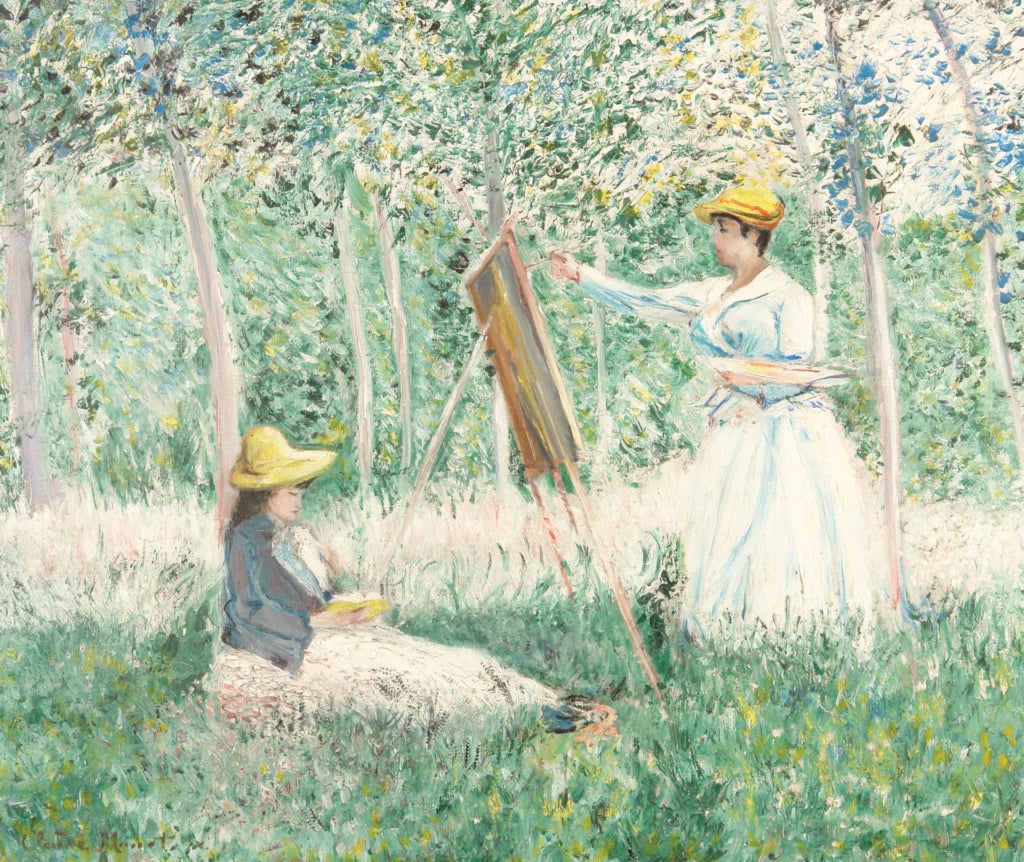

One fake can sometimes hide another. Pieces by celebrated art forgers have long become desirable artworks in their own right. Inevitably, the trend has led to another: fake fakes.
The New Zealand Herald reports that Auckland’s auction house Cordy’s has had to withdraw two fake Monet paintings by the renowned art fraudster Elmyr de Hory, after they were discovered to be, well, fake de Horys.
But In the Woods at Giverny and At Giverny were reintroduced in the catalogue as by “artist unknown after Elmyr de Hory, after Claude Monet.” Both came with a pre-sale estimate of $1,000, and went under the hammer in Auckland today.
The paintings were identified as fraudulent by the late de Hory’s live-in bodyguard and companion, Mark Forgy, now a de Hory expert. They are believed to have been produced by the London bookmaker Ken Talbot, a longtime admirer of de Hory. Talbot has claimed he bought 400 paintings from de Hory, but according to Forgy, he painted most of them himself.

Claude Monet, In the Woods at Giverny- Blanche Hoschedé at Her Easel with Suzanne Hoschedé Reading (1887). Courtesy of the Los Angeles County Museum of Art.
De Hory was born Hoffmann Elemér Albert in Budapest in 1906. Considered one of the most prominent art forgers of the 20th century, he is said to have painted over a 1,000 fakes. His extraordinary life—which took him from Hungary to Paris, the US, and South America—was narrated in the 1969 book Fake! by Clifford Irving. Both Irving and de Hory feature in Orson Welles’ documentary F for Fake (1976).
Talking to the newspaper, Cordy’s auctioneer Andrew Grigg said they “were astonished to find that there was a market in faking faker’s art works” and that they “hope this does not start a market trend.” He added, “we are going to let the trade know to keep watch for such practice.”
Follow Artnet News on Facebook:
Want to stay ahead of the art world? Subscribe to our newsletter to get the breaking news, eye-opening interviews, and incisive critical takes that drive the conversation forward.


